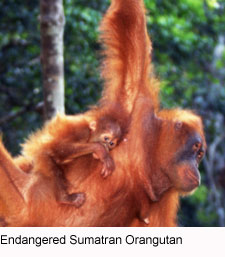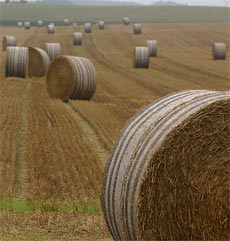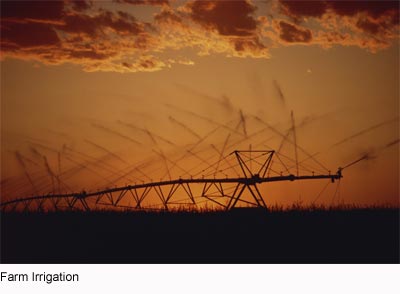GREATEST THREATS TO ANIMAL POPULATIONS
According to the World Wildlife Fund:
 Habitat Destruction: Humans have destroyed over half of the Earth’s forests, and the remaining forest habitats are shrinking fast. Habitat Destruction: Humans have destroyed over half of the Earth’s forests, and the remaining forest habitats are shrinking fast.
Since all creatures need space in which to live, find food, and reproduce, habitat loss is the biggest threat to wildlife today. The larger the animal, the more likely it is to be effected by habitat loss, as creatures like tigers and gorillas need large areas of land to breed. At least 120 of the 620 primate species will become extinct within 20 years if rates of habitat loss do not improve.
 The Fishing Industry: The fishing industry is responsible for endangering many fish species and habitats. Coral reefs have been hit especially hard, reducing fish stocks and harming the communities whose economic welfare and physical health depend on fish! The Fishing Industry: The fishing industry is responsible for endangering many fish species and habitats. Coral reefs have been hit especially hard, reducing fish stocks and harming the communities whose economic welfare and physical health depend on fish!
Pollution: Pollutants, including sewage, oil, gas, industrial and urban waste, present an immediate threat, especially to fresh water and marine ecosystems.
Climate Change: Climate change is among the most all-encompassing threats to wildlife. Without swift action, climate change will lead to the extinction of many species, and destroy ecosystems which can never be restored. For example, climate change is raising sea temperatures, which causes the “bleaching” or coral colonies. “Bleaching” takes place when the tiny yellow-green algae, upon which coral rely for food, die. Since coral cannot survive without the algae, entire reefs die, and the animal life that depend on them suffer as well.
 The Wildlife Trade: The term “wildlife trade” refers to the sale and trade of animals, plants, and products made from them. The wildlife trade is estimated to be worth billions of dollars, a booming business, indeed. The Wildlife Trade: The term “wildlife trade” refers to the sale and trade of animals, plants, and products made from them. The wildlife trade is estimated to be worth billions of dollars, a booming business, indeed.
Unfortunately, illegal wildlife trade is one of the main threats to many endangered species. For example, since 1970, over 90 percent of the world’s wild rhinos have disappeared, mainly because they have been slaughtered for their horns.
Agriculture: Agriculture is among the world’s largest industries, employing
over 1 billion people world wide! Ironically,
while humans rely on agriculture to produce one trillion dollars worth of food a year, the food industry, when improperly managed, is extremely damaging to human and animal ecosystems!
 Since pasture and cropland occupy 50 percent of the world’s inhabitable land, toxins from pesticides, fertilizers, etc. wreak havoc on fresh and marine water ecosystems, and can pollute the air and soil for generations. Since pasture and cropland occupy 50 percent of the world’s inhabitable land, toxins from pesticides, fertilizers, etc. wreak havoc on fresh and marine water ecosystems, and can pollute the air and soil for generations.
Believe it or not, agriculture is one of the leading sources of pollution in many countries!
The agricultural industry has also been a major contributor to habitat loss. Unsustainable farming practices have destroyed half of all agricultural topsoil in the past 150 years. This means that the industry must expand into ever more animal habitats! The agriculture industry also contributes to climate change and excessive water consumption.
International Finance: Around the world, massive amounts of money are invested in development projects without enough regard to their impact on wildlife, local communities, and the environment. The increasing need for irrigation, drinking water, and energy continues to put pressure on the environment. Development can and should be productive in the long term, not destructive; however, too often poor planning and disregard of long term impacts injure animals and the environment.

|

